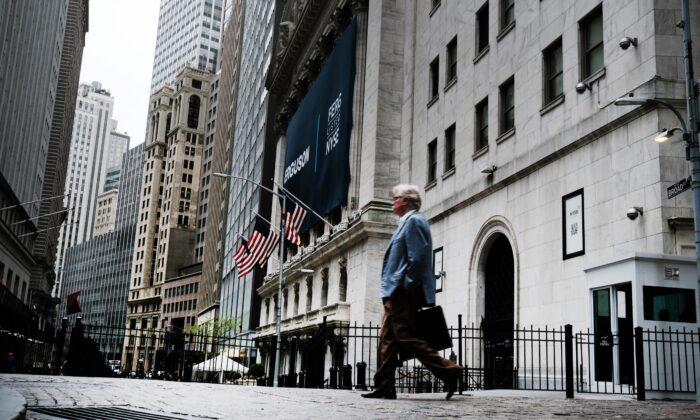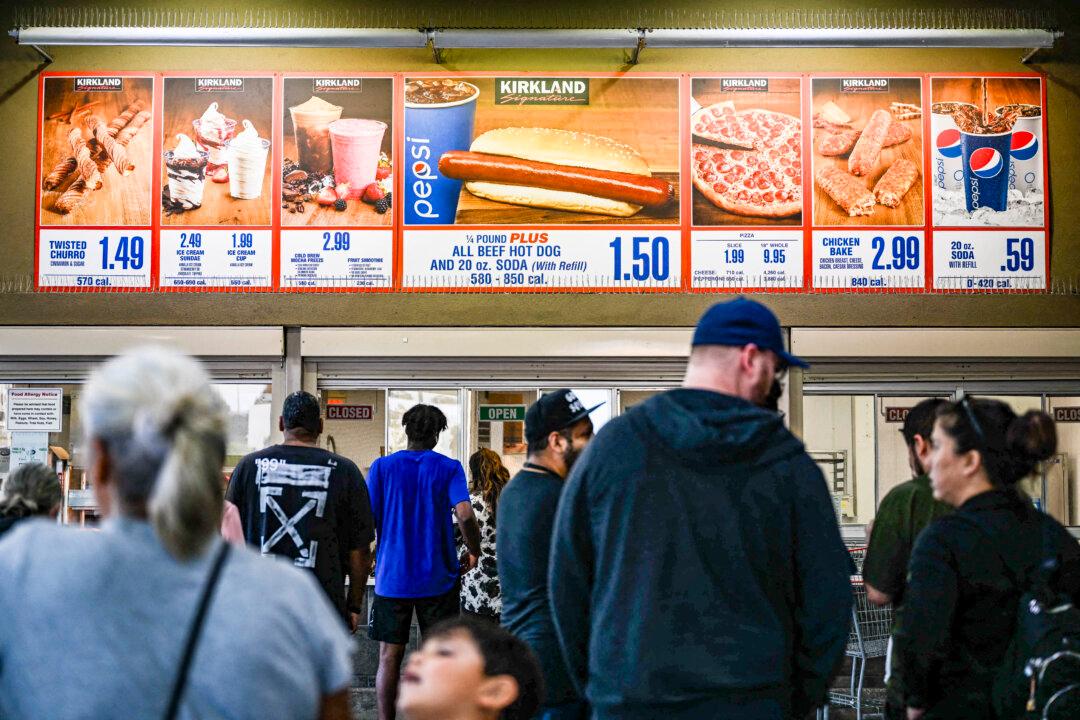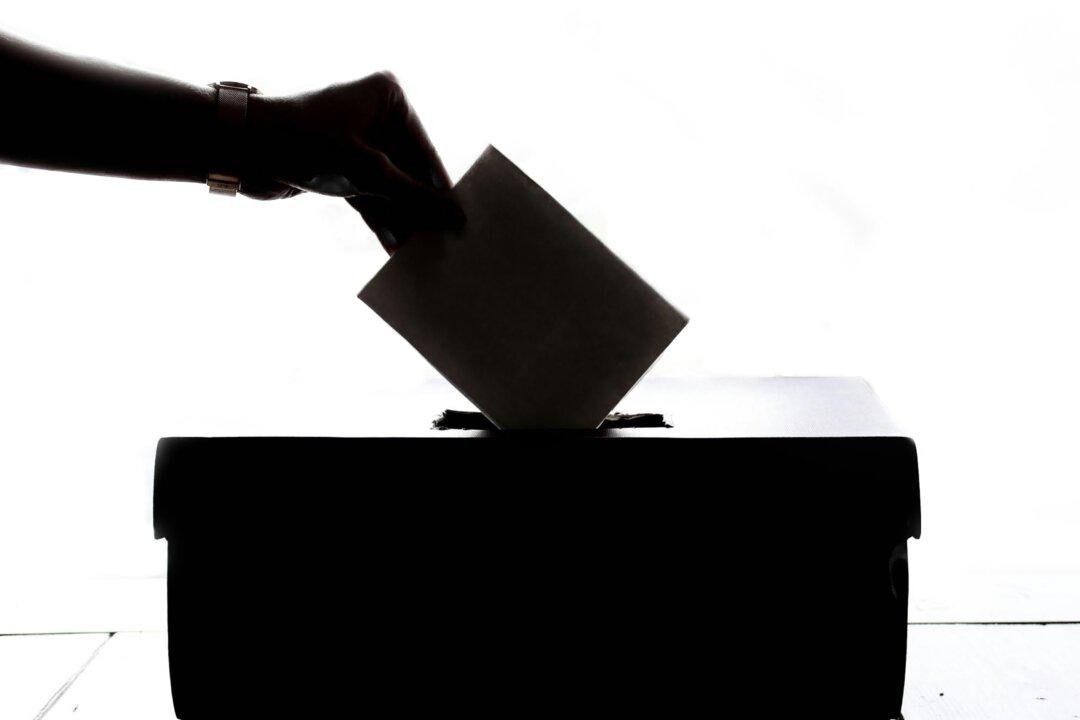Commentary
“We got Hurricane Grace moving north off the Atlantic seaboard. Huge, getting massive.
“Two, this low [front], south of Sable Island, ready to explode.
“Three, a fresh cold front swooping down from Canada. But it’s caught a ride on the jet stream and is motoring hell-bent towards the Atlantic. What if Hurricane Grace runs smack into it?
“Add to the scenario this baby off Sable Island, scrounging for energy. She'll start feeding off both the Canadian cold front and Hurricane Grace.
“You could be a meteorologist all your life and never see something like this. It would be a disaster of epic proportions. It would be the perfect storm.”
This is how the apocalyptic weather system that took the lives of the crew of the commercial fishing vessel Andrea Gail in 1991 was
described in the George Clooney film adaptation of the true events, “A Perfect Storm.”
Much the same terrifying scenario is happening to the economy in 2022. Small-business owners, the country’s biggest job providers, have never been more down on the economic future. The National Federation of Independent Business’s (NFIB’s)
Small Business Optimism Index fell to 89.5 in June, the sixth straight month below its 48-year average of 98. The percentage of small-business owners who expect improvement over the coming six months is lower than it has ever been in the 48-year history of the survey.
First, we have the consumer price index
hitting 9.1 percent for June, the highest in 40 years; 5.9 percent subtracting food and energy, with the White House in a coordinated
denial, President Joe Biden and various and sundry aides peddling the notion that the latest inflation numbers are outdated on arrival.
Second, added to the expense of inflation is the problem for small businesses of
labor shortages. Whether employers accommodate for this by raising wages for prospective hires or make do with a smaller workforce, it costs in either cash or productivity.
Third are tax increases that are either already being imposed on small businesses or are being prepared in Washington, such as the
$13 billion tax increase on 42 chemicals and other substances in Biden’s infrastructure bill, a timed provision that took effect at the beginning of this month and affects items ranging from soap to lightbulbs to electronics.
In addition, Democrats are mulling measures under which more than a quarter of those earning between $75,000 and $100,000, and more than half of those earning between $100,000 and $200,000 would suffer tax increases, according to an analysis (
pdf) by the nonpartisan Joint Committee on Taxation (JCT). For next year, more than 80 percent of taxpayers earning $200,000 to $500,000 will find their taxes raised, and by 2029, nearly 20 percent of Americans earning between $50,000 and $75,000 would be subject to a tax increase while receiving no tax relief, the JCT found.
Fourth, the Federal Reserve is on a path of
tightening that, while not matching the inflation rate itself and therefore not being aggressive enough to conquer inflation, will definitely succeed in increasing costs to small businesses, not least when it comes to their borrowing expenses.
Fifth, Biden is continuing a massive regulatory
expansion, with 2,673 rules being imposed this year, including new electricity standards for everything from ice makers to computer-room air conditioners to ceiling fan light kits to portable electric spas.
Put them all together and what we have are increased expenses and difficulties for businesses in every direction they look—to an extent never before experienced by almost all of these employers.
It all amounts to an unusual gathering of threatening storm clouds culminating in an economic downturn. The International Monetary Fund (IMF) this month added its voice to the growing chorus warning of recession. After its statutory consultation with U.S. officials, the IMF
reported that “avoiding a recession in the United States is becoming increasingly challenging” even not considering the added negatives of “the Russian invasion of Ukraine, the lingering COVID-19 pandemic, and supply side constraints” affecting the economy.
The NFIB index included disturbing findings on small-business profits, with positive profit trends at a net negative-25 percent, down 1 percentage point from May. Of the owners reporting lower profits, 30 percent blamed them on rises in the cost of materials, 16 percent on weaker sales, 14 percent on labor costs, and 14 percent on lower prices, while 7 percent cited ordinary seasonal change, and 2 percent cited higher tax or regulatory costs. A net 3 percent reported their last loan was harder to secure than previous attempts.
Unlike meteorologists, the politicians who see the perfect storm of their making form aren’t powerless in its wake. Spending, taxes, and regulation are all within their power to alleviate—before the cyclone of voter outrage washes them out of power this November.





